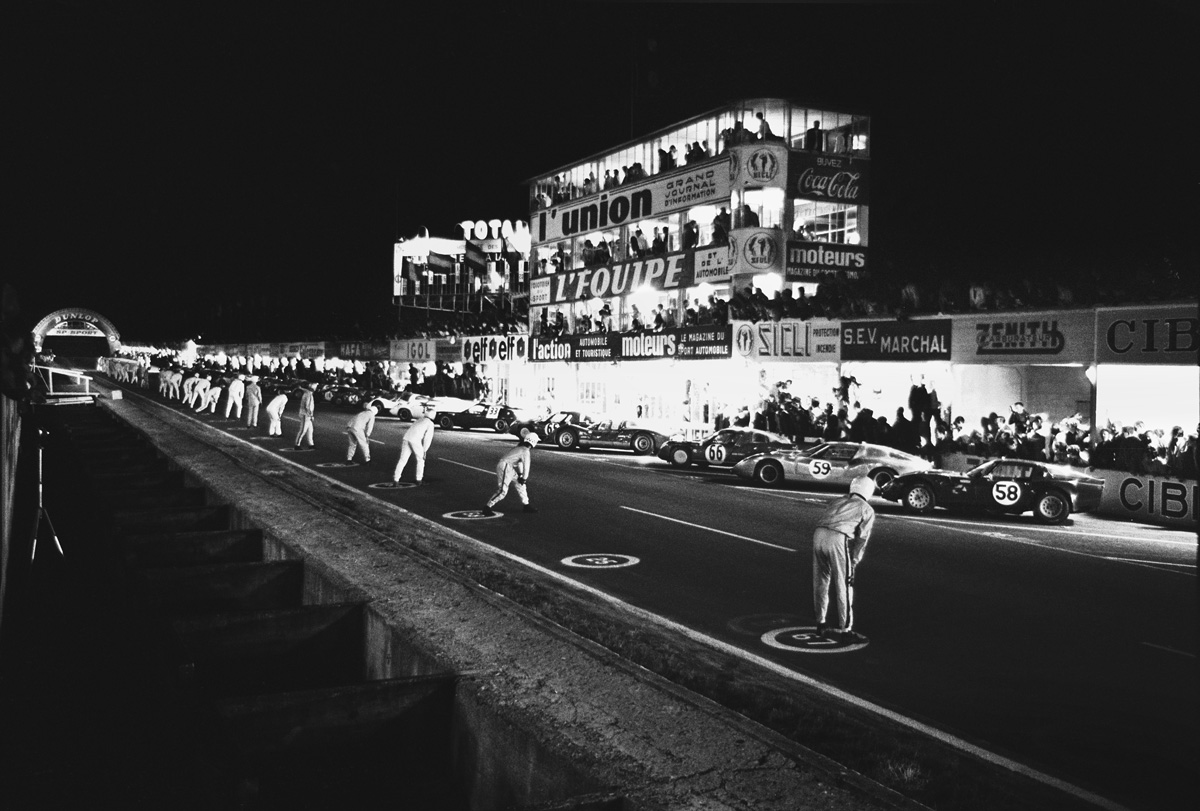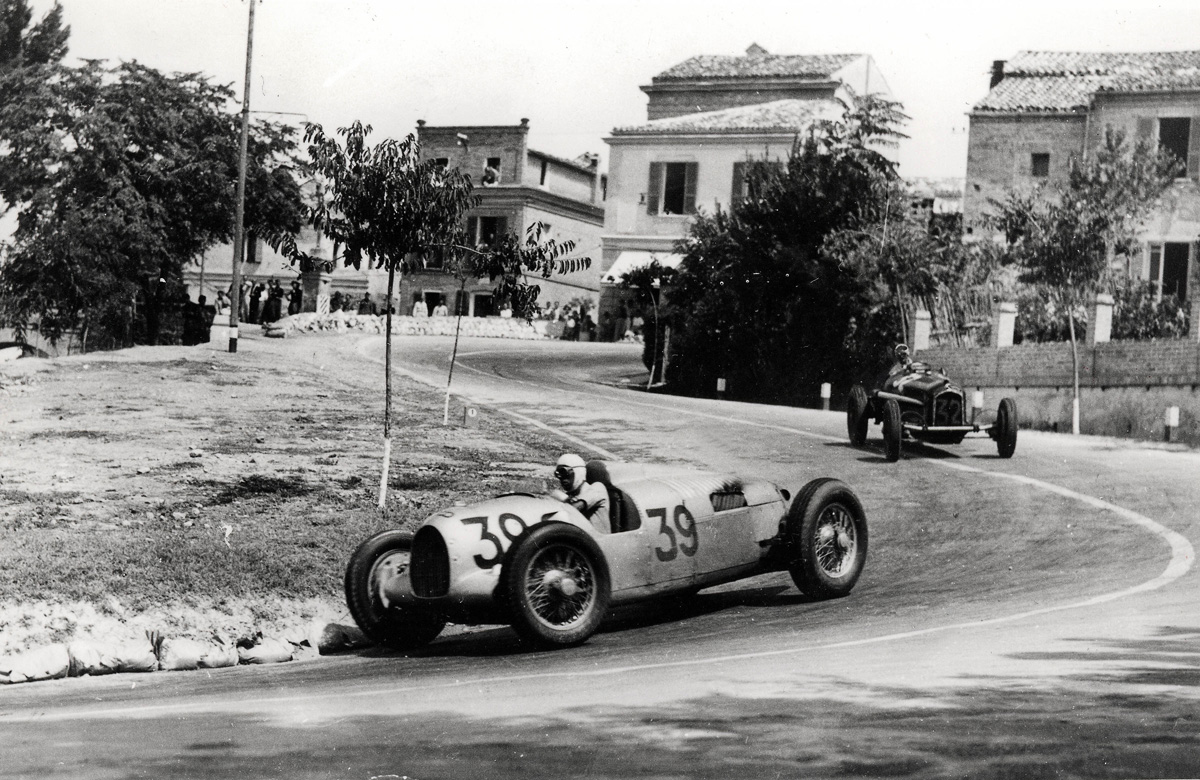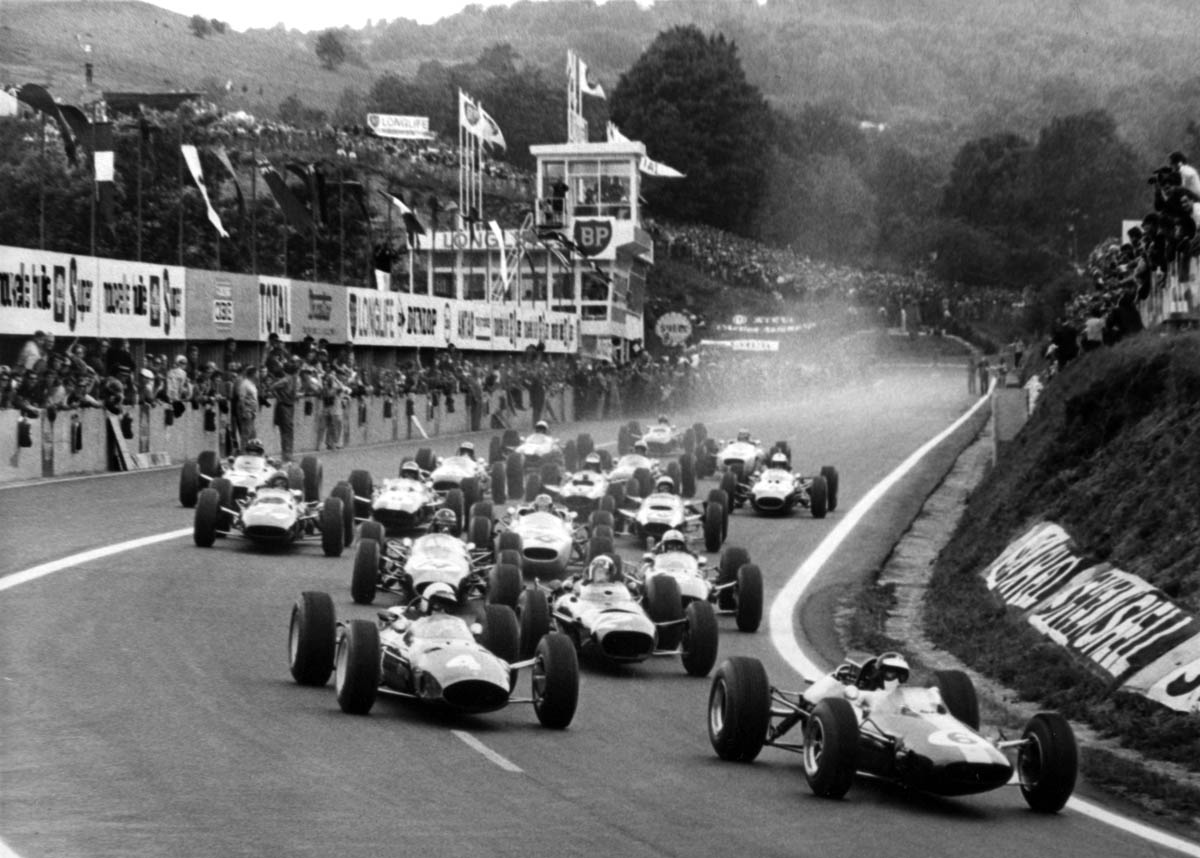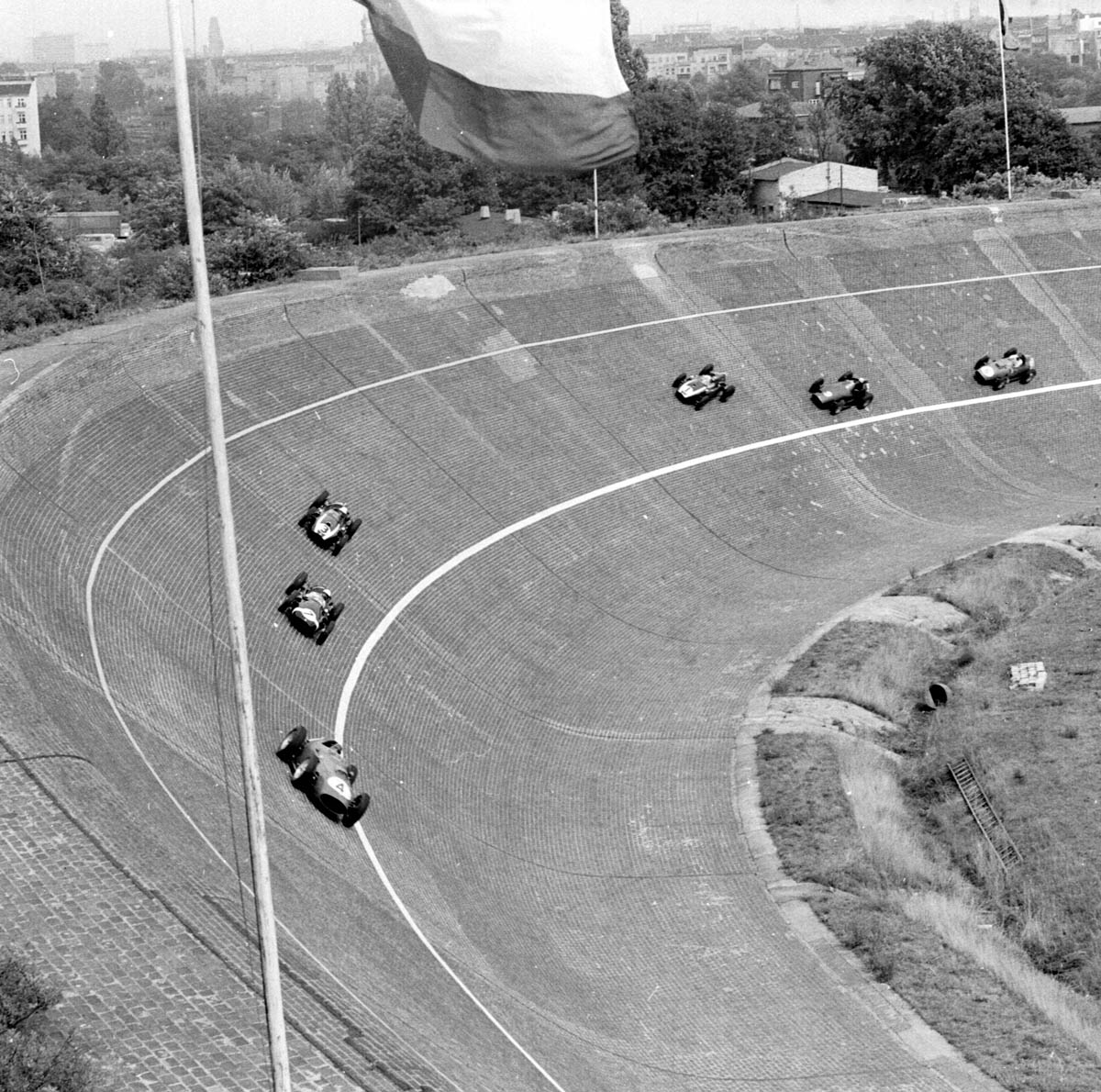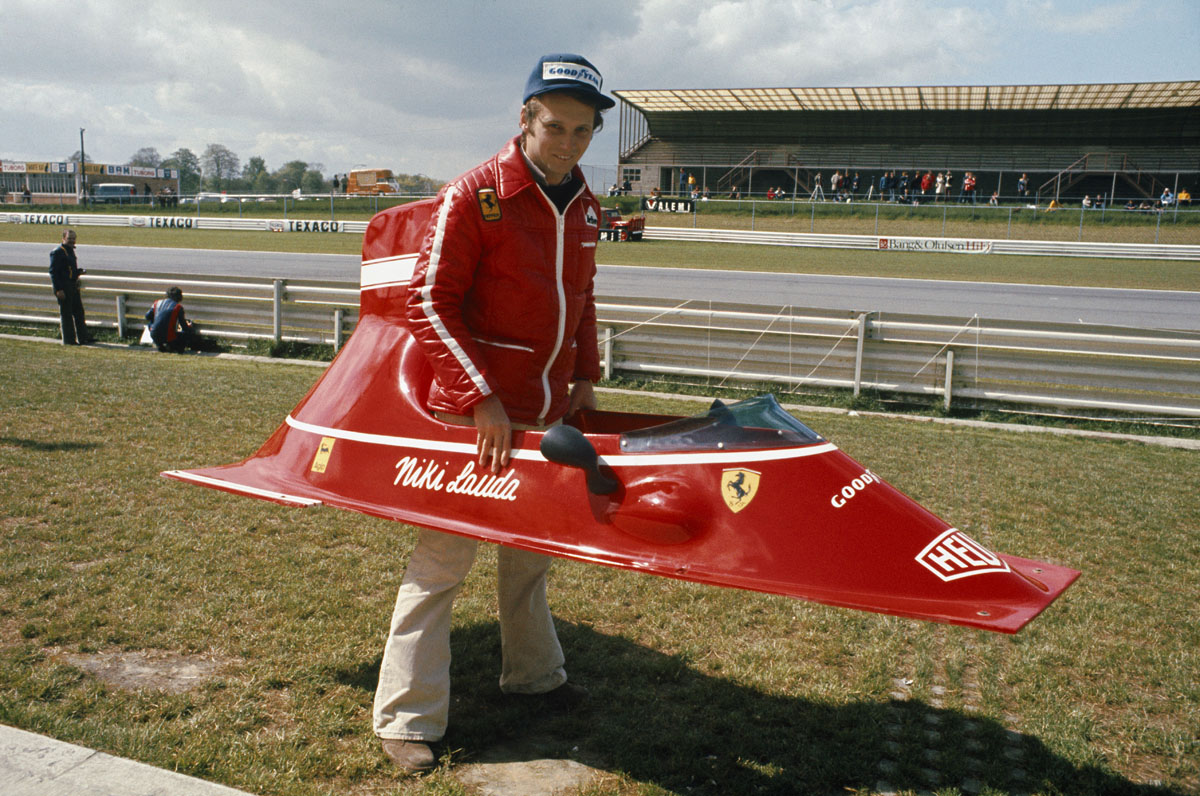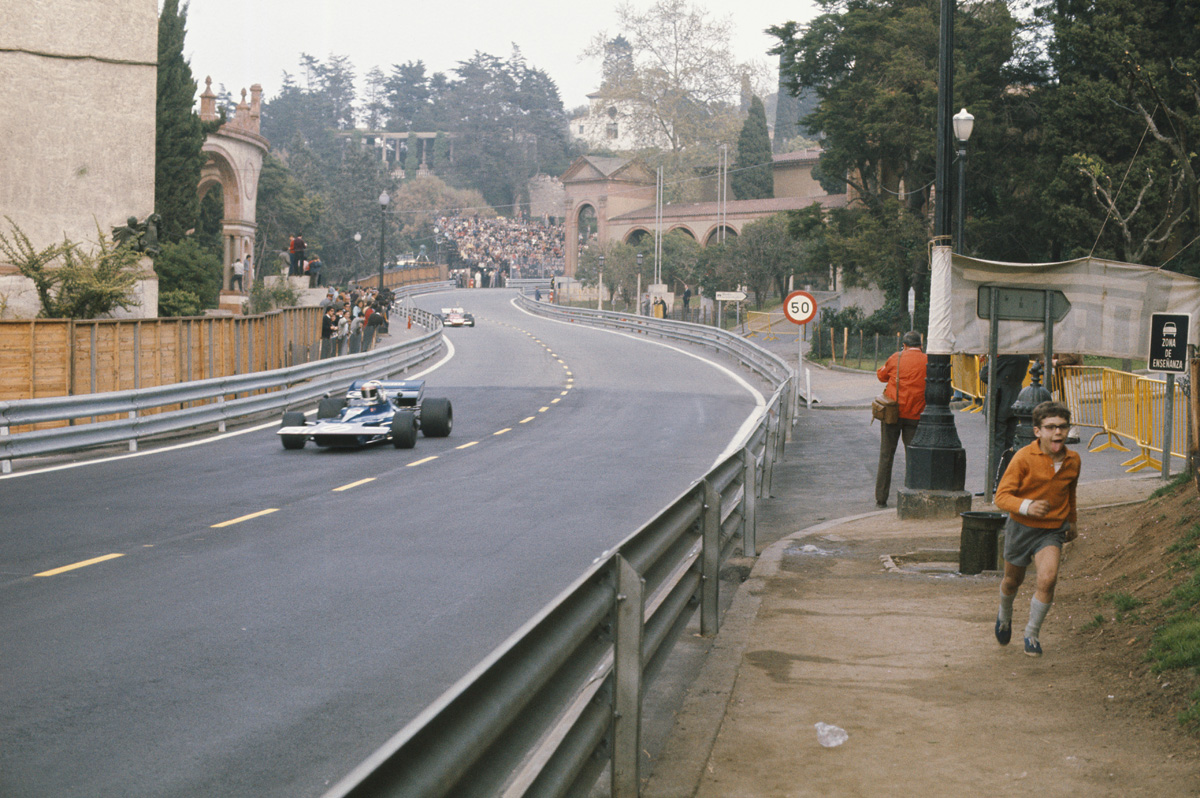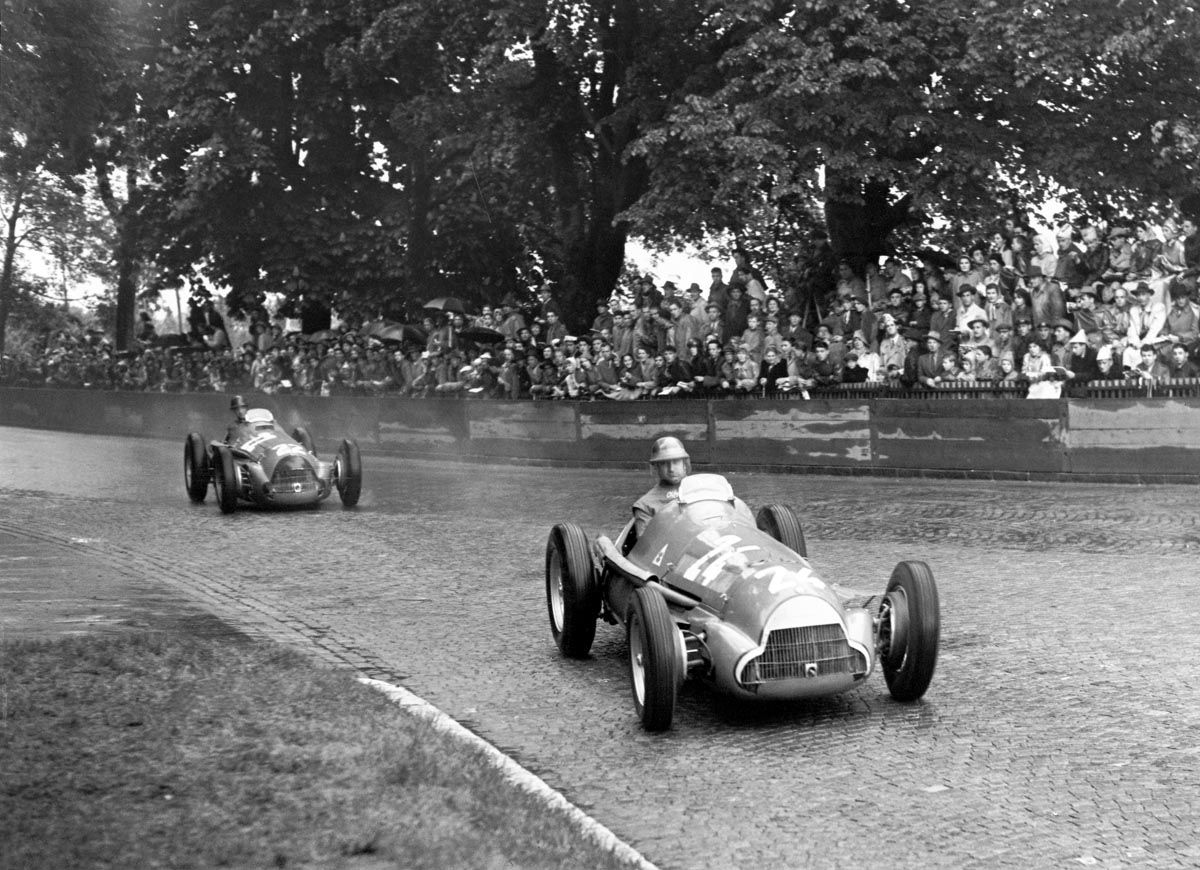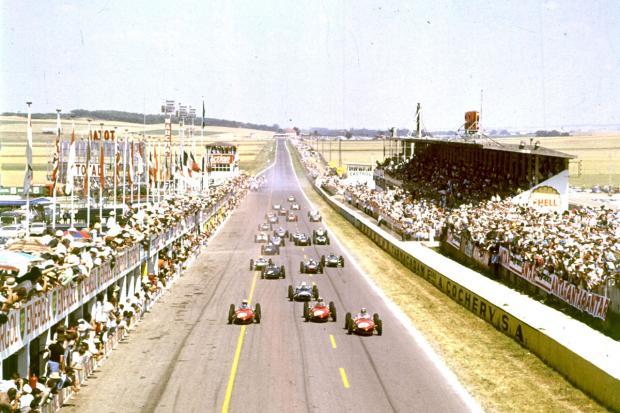
As motor racing increased in popularity early in the 20th century, the first purpose-built tracks began to appear. From the dirt ovals of North America to the glamorous road circuits of Europe, the rise and fall of these venues has been inexorably linked to the ebb and flow in the popularity of different forms of the sport - plus an increased focus on driver and spectator safety.
The archives of Autosport, The Motor and The Autocar provide us with stunning snapshots, not just of our racing heroes, but also the long disused and sometimes near-forgotten circuits of the world.
Here, we take a look at some of the most enigmatic race venues to fall out of favour, become obsolete and, in some cases, almost completely return to nature.
Copyright LAT
The triangular road circuit of Reims-Gueux was first laid out in 1926 for the second Grand Prix de la Marne. The original layout went into the village of Gueux, but this was bypassed in the early 1950s by a very fast right-hander followed by a new section up to the Muizon hairpin.
The long straights led to some famous slipstreaming battles, among them the epic battle between Juan Manuel Fangio and Mike Hawthorn during the 1953 French Grand Prix, but it also made the circuit extremely dangerous. Luigi Musso died following an accident in the ’58 Grand Prix.

